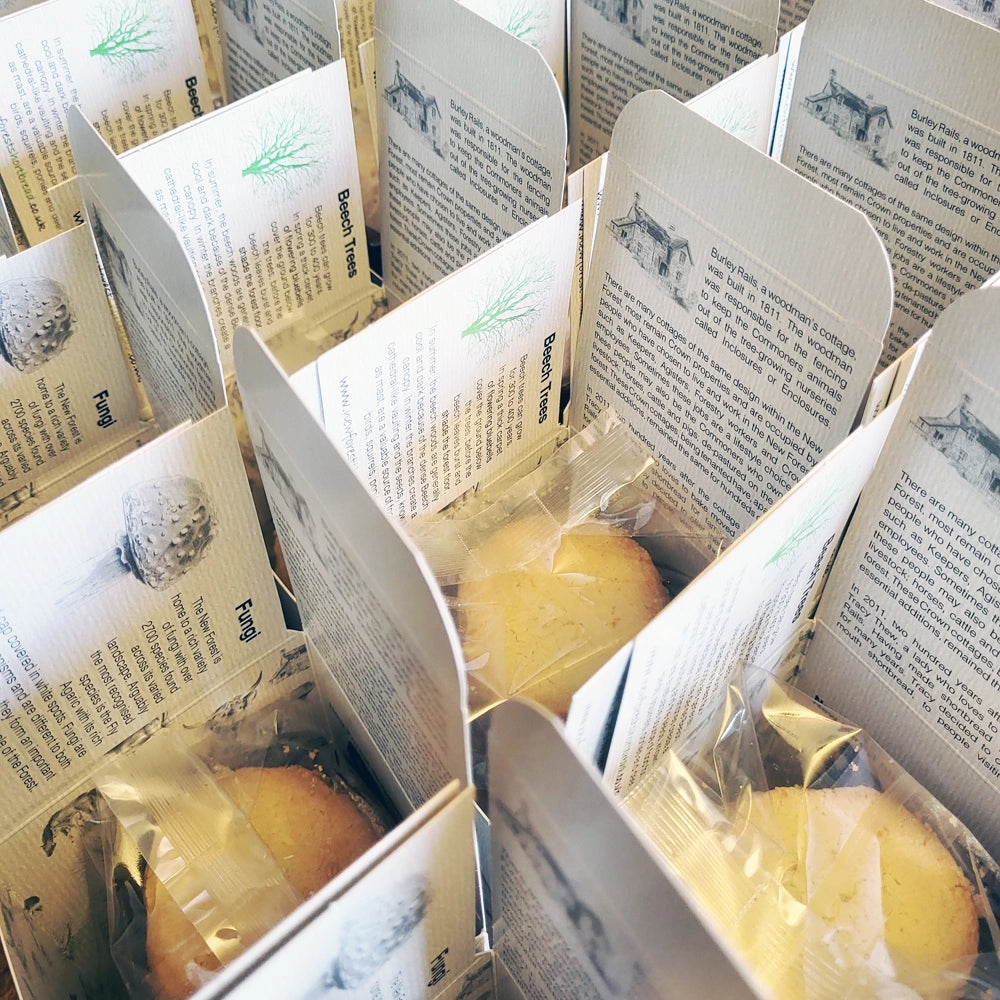April 2024: "From A New Forest Inclosure” by Ian Thew
It has been likened to having a pet in the house. It requires housing, tending, feeding and cleaning out. It brings mess into the home and is something else to think about before going out for the day or retiring to bed. Believe it or not, but I am referring to an open fire; or, in our case a wood-burning stove or, to be even more pedantic, two wood-burning stoves! Why, I hear you ask, have they got two wood-burning stoves? Well, I’ll tell you.
Some time ago with an ailing, oil boiler and a smelly, oil-storage tank that required the equivalent cost of a small family car to replenish its contents, we decided to ‘go green’. Out came the old boiler, the chimney was lined and in went an enormous, wood-burning beast that was calculated to be of sufficient output to keep the house warm and provide hot water, throughout the winter. And so it does, albeit that it took some time and certain modifications to learn how to manage the monster to the best advantage. Then, on one particularly cold, winter evening the Doting Owner of the Spoilt Pony and I were huddled around the central fireplace in our sitting room, watching the smoke and, more importantly, the heat going up the chimney, when we decided that another wood-burning device would be more efficient than the open fire; and so, after a bit more brick bashing and chimney lining, the new member of our ménage was installed and we are now very toasty, thank you.
Now, don’t get me wrong, I love our wood burners and, considering where we live, they are the best form of heating that we could have; but I often worry, when I hear others talking about the possibility of converting to wood- fired heating, that they have no concept of the cost, the effort and the requirements for such a system. You can, of course, provided you are well endowed with sufficient folding stuff, pay one of the very good, local log suppliers to keep your fuel stack full but, if you’ve got the romantic idea of being a self-sufficient, lumber jack, then read on.
First and foremost you need to procure some wood – not just any old wood, you understand, it must be good, burning wood. This can be purchased as cordwood or fallen limbs from the nice lady from the Forestry Commission and will cost you £25.00/cubic metre plus 5% for the dreaded VAT. Before you can think of cutting it into suitable logs you will need a chainsaw, chainsaw trousers, chainsaw boots, chainsaw gloves and a hard hat, visor and ear defenders as well as a never ending supply of oil, petrol and a means of transport. Oh, I almost forgot, you will also need to attend a course in chainsaw competence and must be able to demonstrate that you have Public Liability Insurance to the value of £10,000,000!
Now you are ready to cut and haul you cordwood and you will soon discover that, if wood is your soul source of heating, you need an awful lot of the stuff and it needs to be dry. As a rough guide, we burn up to 25 cubic metres of wood each winter; this is stored in the open for the first year, after which time, it is cut into suitable lengths and processed through an hydraulic splitter (more petrol!) and then stacked into three, sizeable, covered stores. And there you are, after another year of storage under cover, your dry logs will have to be barrowed to the wood burners on a daily basis.
Using wood as heating fuel, on this scale, is a way of life; but it gives a lot of pleasure and more importantly, it keeps me pretty fit and warm, in more ways than one.
Must go now, it’s time to log-off!
Ian Thew











Leave a comment